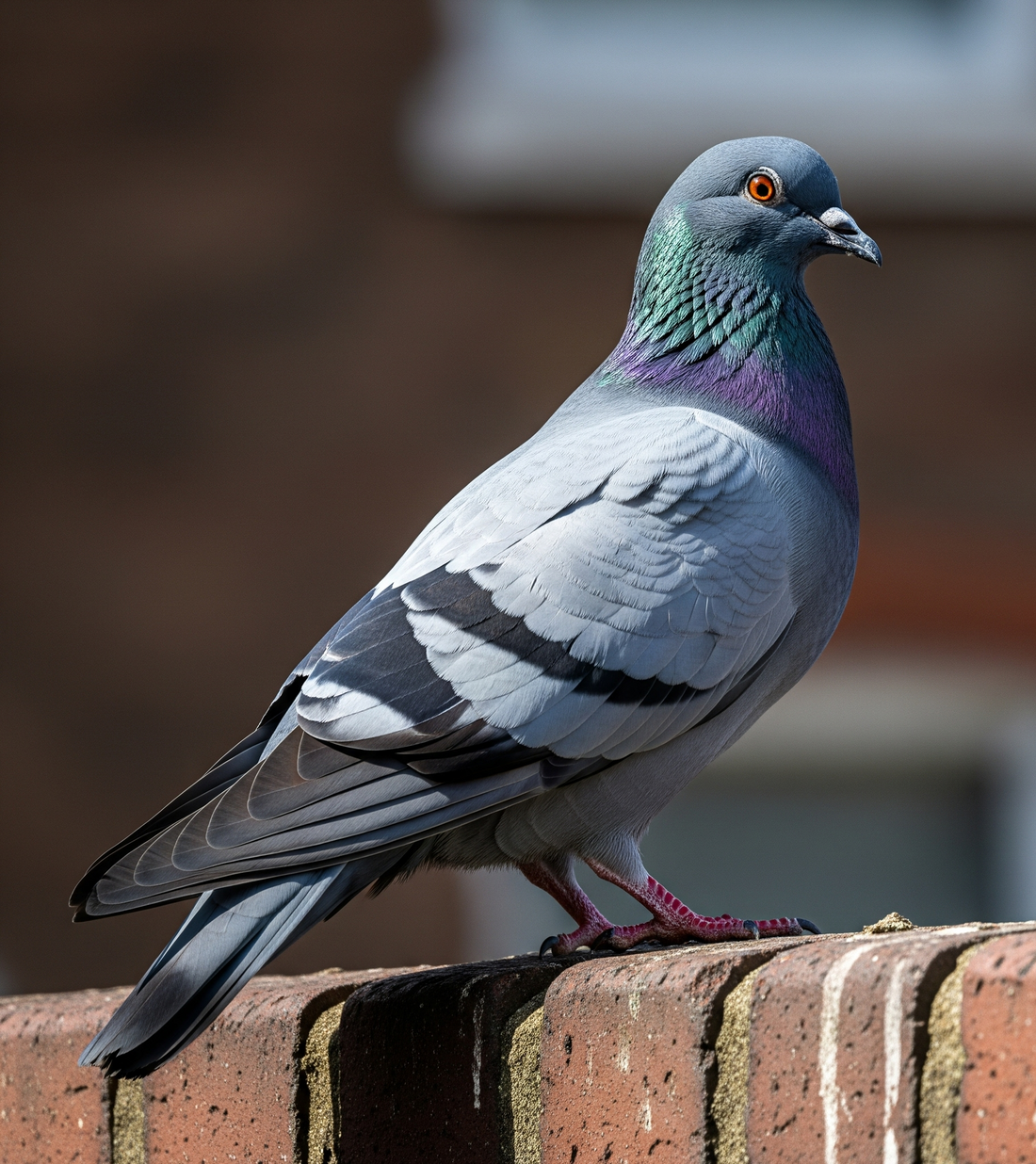
More Than Just a City Bird: Unveiling the Rock Pigeon
Walk through any city park, bustling square, or even your local grocery store parking lot, and you're bound to encounter them: the ubiquitous rock pigeon. Often overlooked, sometimes even maligned, these resilient birds are far more fascinating than their common presence suggests. So, let's take a moment to truly appreciate the feathered marvel that is the rock pigeon, Columba livia domestica.
A Storied History: From Cliffs to Cityscapes
The story of the rock pigeon begins not in urban jungles, but on the rocky cliffs of Europe, North Africa, and Asia. These wild ancestors, preferred coastal cliffs and mountainous terrain for nesting. It was their adaptability, intelligence, and ease of domestication that led to a remarkable partnership with humans.
For thousands of years, pigeons were vital. They served as messengers, carrying critical information across vast distances long before the advent of telegraphs or the internet. They were bred for sport, with racing pigeons demonstrating incredible homing instincts. They even provided a source of food. This long history of selective breeding and close association with humans ultimately led to the diverse array of domestic pigeons we see today, many of which have reverted to a wild or semi-wild state in our cities.
Masters of Adaptation: Why They Thrive Where We Live
So, why are rock pigeons so successful in urban environments? It's a testament to their incredible adaptability:
- Mimicking Natural Habitats: The tall buildings of our cities, with their ledges and crevices, are surprisingly similar to the cliffs and caves where their wild ancestors nested.
- Abundant Food Sources: Humans, often unintentionally, provide a smorgasbord of food. Spilled seeds, discarded crumbs, and accessible dumpsters offer a consistent food supply.
- Reduced Predation: While urban predators exist (hawks, falcons, cats), the sheer density of pigeons and the lack of larger, natural predators in many city centers allow their populations to flourish.
- Intelligent and Resourceful: Pigeons are remarkably intelligent birds. They learn quickly, remember locations, and can even recognize individual human faces. This helps them navigate complex urban landscapes and exploit available resources.
Beyond the Grey: A Kaleidoscope of Colors
While many city pigeons appear to be a uniform grey, take a closer look! The genetic legacy of their domesticated past means rock pigeons exhibit an astonishing variety of plumages. You can spot birds with iridescent green and purple necks, rusty-red feathers, pristine white patches, mottled patterns, and even those with feathered feet. Each bird is a unique canvas, reflecting centuries of selective breeding for different aesthetic traits.
Fascinating Behaviors: More Than Just Pecking
Observe pigeons for a while, and you'll notice a range of intriguing behaviors:
- The "Head Bob": This characteristic head movement helps them stabilize their vision while walking, allowing them to constantly assess their surroundings.
- Courtship Rituals: Male pigeons engage in elaborate courtship displays, puffing up their chests, fanning their tails, and cooing deeply as they pursue a potential mate.
- Parental Care: Both male and female pigeons share incubation duties and feed their squabs (young pigeons) with "crop milk" – a nutritious, cheese-like substance produced in their digestive tract.
- Strong Homing Instincts: Their legendary ability to find their way back to a loft from hundreds of miles away is a marvel of avian navigation, relying on the Earth's magnetic field, the sun's position, and even olfactory cues.
A Call for Appreciation
The next time you see a rock pigeon, resist the urge to dismiss it. Instead, take a moment to observe its unique markings, its clever foraging techniques, or its intricate social interactions. These birds are a living testament to evolutionary success and a fascinating example of how deeply intertwined human and animal histories can become. They are, truly, more than just a city bird – they are an enduring symbol of resilience, adaptation, and an often-underestimated beauty right on our doorsteps.
